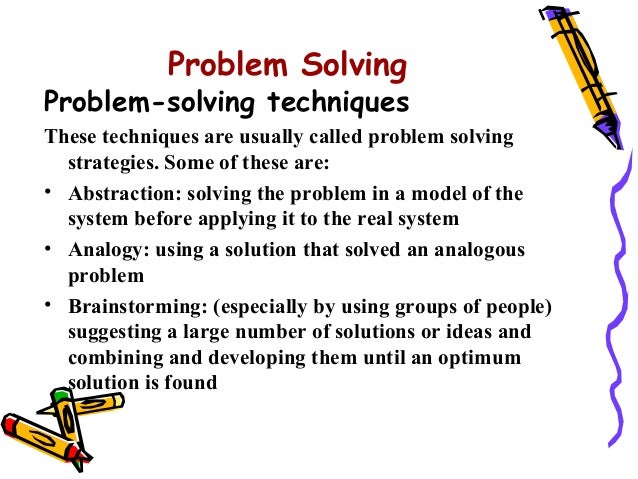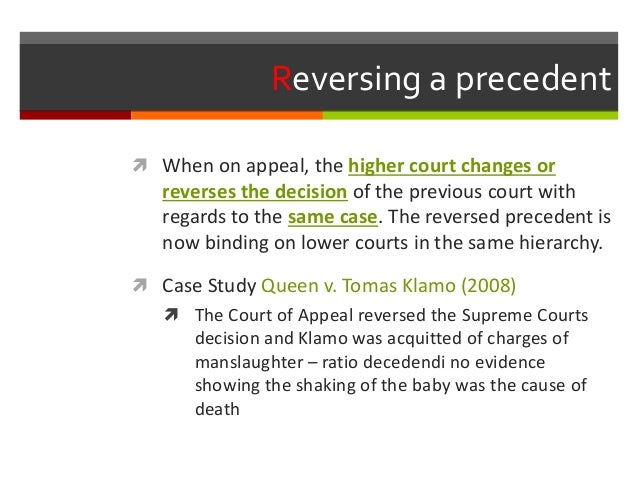
For example, courts in US or England are considered foreign judgments in India.
 Foreign judgments are the judgments given by courts outside India. courts of similar standing in hierarchy also has a persuasive value for other courts of same standing and so can be looked up and followed if the horizontal court considers the principals laid down in it to be correct. The judgement of horizontal courts i.e. A court while deciding a case can look up to the decision of any of courts lower than it in the hierarchy and can apply the principles laid down in it if it thinks that it was correctly applied in that case. Persuasive precedents can be of any nature – decisions by horizontal courts or lower courts, foreign judgments, obiter dicta, dissenting judgment, treatises or law reviews. They guide the judge in deciding the case in light of what other judges had decided in similar circumstances. Persuasive Precedent is the one which judges are under no obligation to follow but they may take into consideration. Authoritative precedents are the decisions of the superior courts of justice which are binding on subordinate courts. Authoritative Precedent is the one which has a binding force and the judges must follow it whether he approves it or not. Gray- “ A precedent covers everything said or done, which furnishes a rule for subsequent practice”. In Oxford Dictionary precedent is defined as “ a previous instance or case which is, or may be taken as an example of rule for subsequent cases, or by which some similar act or circumstances may be supported or justified”. Such decisions are called ‘Judicial Precedents’ or ‘Precedents’ and it is a very important source of law. These Reports are considered to be a valuable part of legal literature. Such decisions are published and compiled in Reports.
Foreign judgments are the judgments given by courts outside India. courts of similar standing in hierarchy also has a persuasive value for other courts of same standing and so can be looked up and followed if the horizontal court considers the principals laid down in it to be correct. The judgement of horizontal courts i.e. A court while deciding a case can look up to the decision of any of courts lower than it in the hierarchy and can apply the principles laid down in it if it thinks that it was correctly applied in that case. Persuasive precedents can be of any nature – decisions by horizontal courts or lower courts, foreign judgments, obiter dicta, dissenting judgment, treatises or law reviews. They guide the judge in deciding the case in light of what other judges had decided in similar circumstances. Persuasive Precedent is the one which judges are under no obligation to follow but they may take into consideration. Authoritative precedents are the decisions of the superior courts of justice which are binding on subordinate courts. Authoritative Precedent is the one which has a binding force and the judges must follow it whether he approves it or not. Gray- “ A precedent covers everything said or done, which furnishes a rule for subsequent practice”. In Oxford Dictionary precedent is defined as “ a previous instance or case which is, or may be taken as an example of rule for subsequent cases, or by which some similar act or circumstances may be supported or justified”. Such decisions are called ‘Judicial Precedents’ or ‘Precedents’ and it is a very important source of law. These Reports are considered to be a valuable part of legal literature. Such decisions are published and compiled in Reports. 
In almost all the legal systems, judges take guidance from the previous decisions on the point and rely upon them. Doctrine of Precedent, Its Kinds, Merits & Demerits Under Jurisprudence SYNOPSIS






 0 kommentar(er)
0 kommentar(er)
